Methods and management points of African jasmine culture
Africa Jasmine
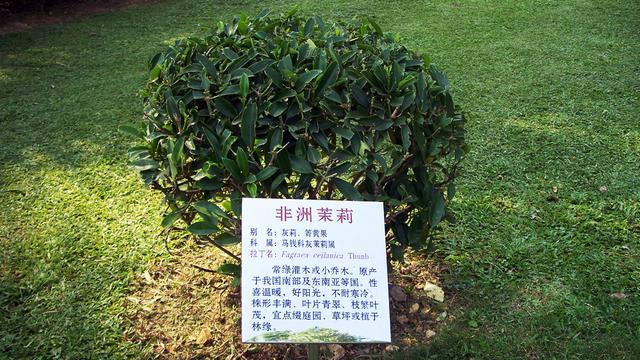
Growth habit
It likes warmth and good sunshine, but it is required to avoid the strong direct sunlight in summer; it likes high humidity and good ventilation. The environment of African jasmine is not resistant to cold, dry freezing and sharp drop in temperature; it grows best on loose, fertile and well-drained loam; it has strong sprouting and tillering ability and is especially resistant to repeated pruning. Flowering in May and fruiting from October to December. Ash ash wood grows well in the warm climate, and the optimum temperature for growth is 18 ℃ to 32 ℃. When the summer temperature is higher than 38 ℃, it will inhibit the plant growth, and the winter temperature is not lower than 3 ℃ to 5 ℃, otherwise it is easy to cause leaves and shoots to be frozen.
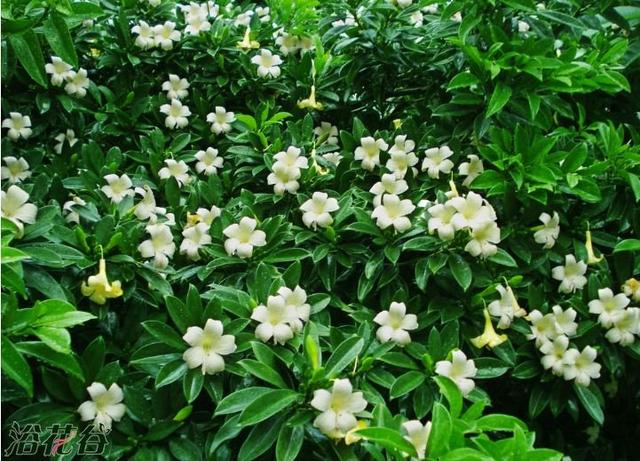
Reproduction method
Sowing: it is suitable to collect ripe fruit from October to December, remove the seeds, sow or row them on the loose and fertile sandy soil seedling bed, cover the soil with a thickness of 2 to 3 cm, and cover with straw or plastic film to keep warm against cold, or store the seeds in the seeds to show white before sowing.
Cutting: cuttage can be carried out from the end of April to October, but it is best to be cut in the Meiyu period from June to July, and the rooting effect is ideal. Cut 1-2-year-old strong branches as cuttings, ear length 12-15 cm, with 2-3 half leaves, the lower incision is best located at 0.2-0.3 cm below the node, cut it in peat soil, sandy soil, vermiculite or yellow soil, but the rooting effect of peat soil is the best, mask plastic film moisturizing, pay attention to shed shade in sunny weather, it can take root after 1 to 2 months, and the survival rate can reach more than 80%.
Ramet: between March and April, when the plant begins to germinate, remove the clump-shaped plant from the flowerpot, or dig up the tufted plant from the soil, shake off part of the persistent soil, and cut it with a sharp knife where the root system is weak. so that each clump with at least 2 to 3 stems, with a part of the intact root system, respectively, or potted.
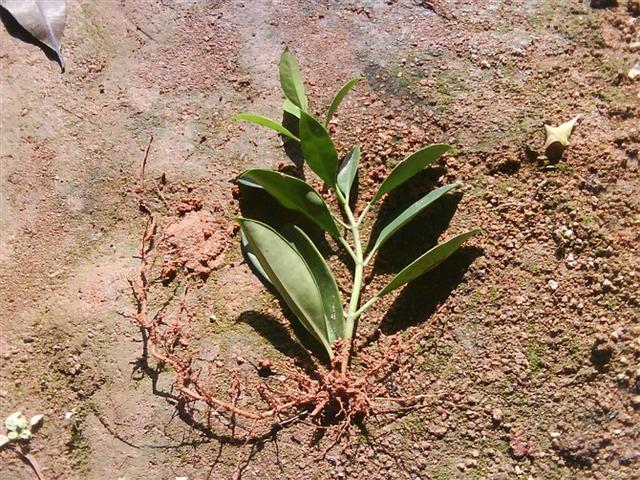
Key points of management
Temperature: African jasmine grows well in a warm climate.
Lighting: African jasmine likes the sun, and the primary environment is mostly in a semi-shaded state. South China is planted as garden greening trees, preferably in places with side shade; potted plants in the north of the Yangtze River can receive full light in spring and autumn, and shade is required in summer. Or move it in the shade of a big tree, at least avoid direct sunlight for several hours before and after noon. It is particularly noteworthy that the temperature rose sharply and the light was very strong on a sunny day after a long rain from June to July. Shading must be done to prevent young shoots and leaves from being burned. Potted plants in public places are required to have sufficient scattered light, or placed near the window, should not be too dark, otherwise lead to leaf loss of green yellowing or shedding.
Moisture: no matter on the ground or in the pot, sufficient water is required, but the roots must not accumulate water, otherwise they are easy to rot. Watering in spring and autumn to keep the basin soil moist; beware of stagnant water in plum rain season; in hot summer, spray water once in the morning and afternoon to humidify and cool down; for indoor potted plants in winter, it is appropriate to keep the pot soil slightly tide. and spray water to the leaves when the temperature is relatively high around noon.
In spring, summer and autumn, under the condition of normal fertilization, if the lower leaves of potted plants turn yellow and fall off, it is likely to be due to stagnant water and rotten roots, so it is necessary to turn the basin and change the soil in time; in summer, if you are negligent in watering, when the newly drawn tender shoots wilt and droop, you can not immediately water the basin soil, but spray some water to the leaves first, and then pour appropriate amount of water to the basin soil after the leaves have recovered a little.
Soil: planting in the southern region requires a loose, fertile, well-drained sandy loam. Potted plants in the north can be prepared with 7 parts of rotten leaf soil, 1 part of river sand, 1 part of retted organic fertilizer and 1 part of fermented sawdust. During the growing season, the potted plants were loosened once a month to keep their roots in a good state of penetration. In addition, the soil of potted plants can be changed every 1 to 2 years.
Fertilizer: potted plants apply thin mature cake fertilizer and water once a month in the growing season, and phosphorus and potassium fertilizer once before flowering in May to promote plant flowering; after autumn, topdressing phosphate and potassium fertilizer for 1 or 2 times to pass the winter safely. Potted plants in northern China, in order to prevent leaf yellowing, 0.2% ferrous sulfate was added during the growing season. When planting in the ground, it is necessary to apply sufficient base fertilizer, and at the end of autumn, cake fertilizer is applied in trenches outside the root system, 0.5 to 1 kg per plant.
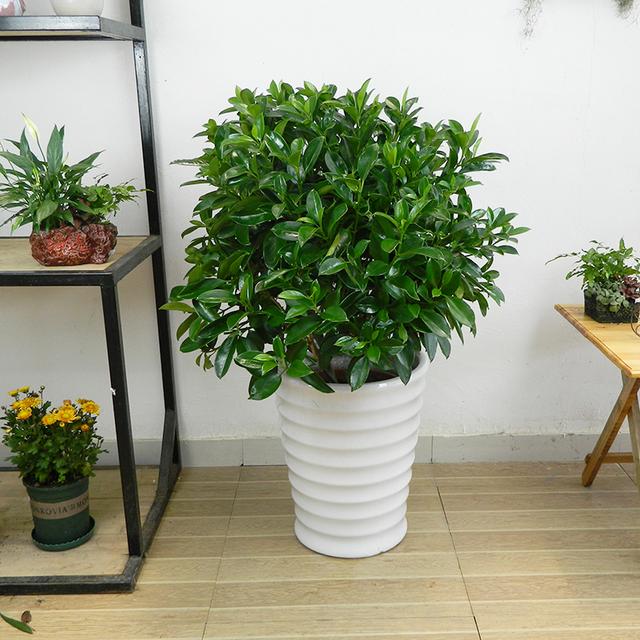
Planting matters needing attention
Place the place. African jasmine is a sun-loving tree species with more semi-shade in its primary environment. Once the plant is seriously burned, it is difficult to restore its plump crown in a short time after intensity shearing. For potted plants shelved in indoor public places, it is required to have sufficient scattered light, or put them near the window, not in too dark places, otherwise it will lead to leaf loss of green and yellowing, serious will cause leaves to fall off.
Environmental impact. The leaves of African jasmine are thick and green, which can give people a sense of pleasure visually. The volatile oil produced by African jasmine has significant bactericidal effect. Can make people relax, conducive to sleep, but also can improve work efficiency, and it is spent in medicine on the use of sterilization and detoxification effect. On the other hand, these volatile oils can regulate the hormonal balance in the body, its aroma is also light, feel very fresh, and play a good role in improving the home environment.
However, we must know that all living things have to breathe, and plants also release carbon dioxide during the day, but the effect of light and respiration during the day is greater than that of respiration, which is macroscopically shown to release oxygen. There is no sunlight at night, plants only breathe, absorb a small amount of oxygen, release a large amount of carbon dioxide, and macroscopically emit carbon dioxide. For African jasmine, it is full of aroma after blooming, and many people like to put it in the bedroom.
- Prev
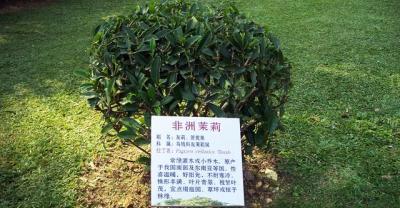
Maintenance skills: the culture method of Edo purple
Edo purple belongs to a plant of crassulaceae, which is native to Somalia in Africa. Because Edo purple has high ornamental value, it has been introduced to.
- Next

Analysis of cost and profit of beef cattle breeding in 2018!
Beef cattle breeding is now a very promising industry, of course, in addition to the high cost, price stability, market stability, demand stability is its advantages, at the same time cattle.
Related
- On the eggshell is a badge full of pride. British Poultry Egg Market and Consumer observation
- British study: 72% of Britons are willing to buy native eggs raised by insects
- Guidelines for friendly egg production revised the increase of space in chicken sheds can not be forced to change feathers and lay eggs.
- Risk of delay in customs clearance Australia suspends lobster exports to China
- Pig semen-the Vector of virus Transmission (4)
- Pig semen-the Vector of virus Transmission (3)
- Five common causes of difficult control of classical swine fever in clinic and their countermeasures
- Foot-and-mouth disease is the most effective way to prevent it!
- PED is the number one killer of piglets and has to be guarded against in autumn and winter.
- What is "yellow fat pig"? Have you ever heard the pig collector talk about "yellow fat pig"?

